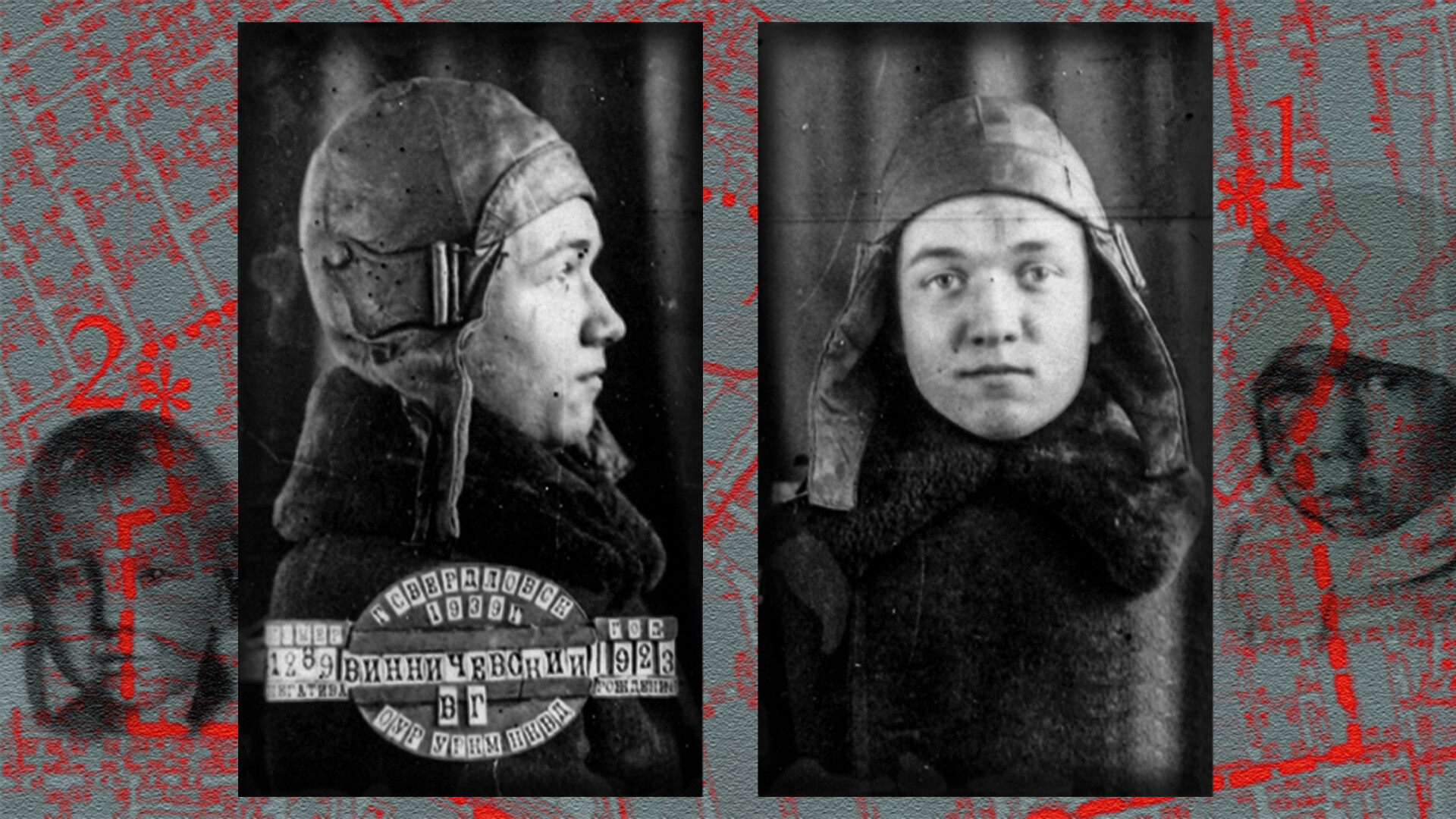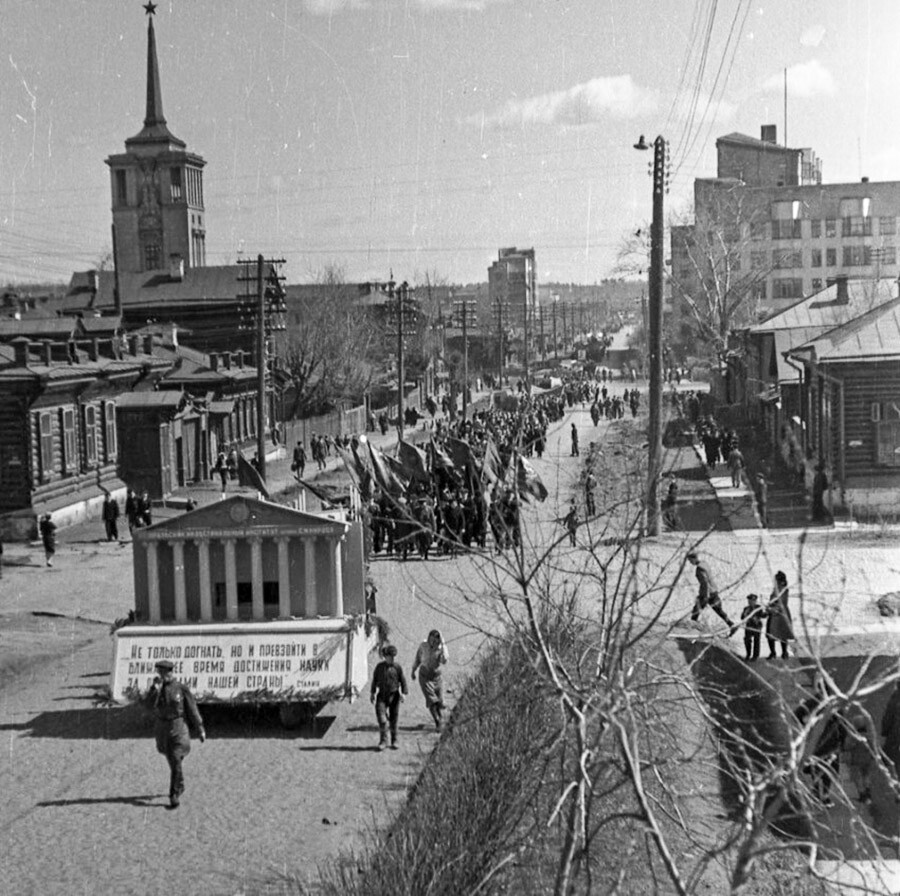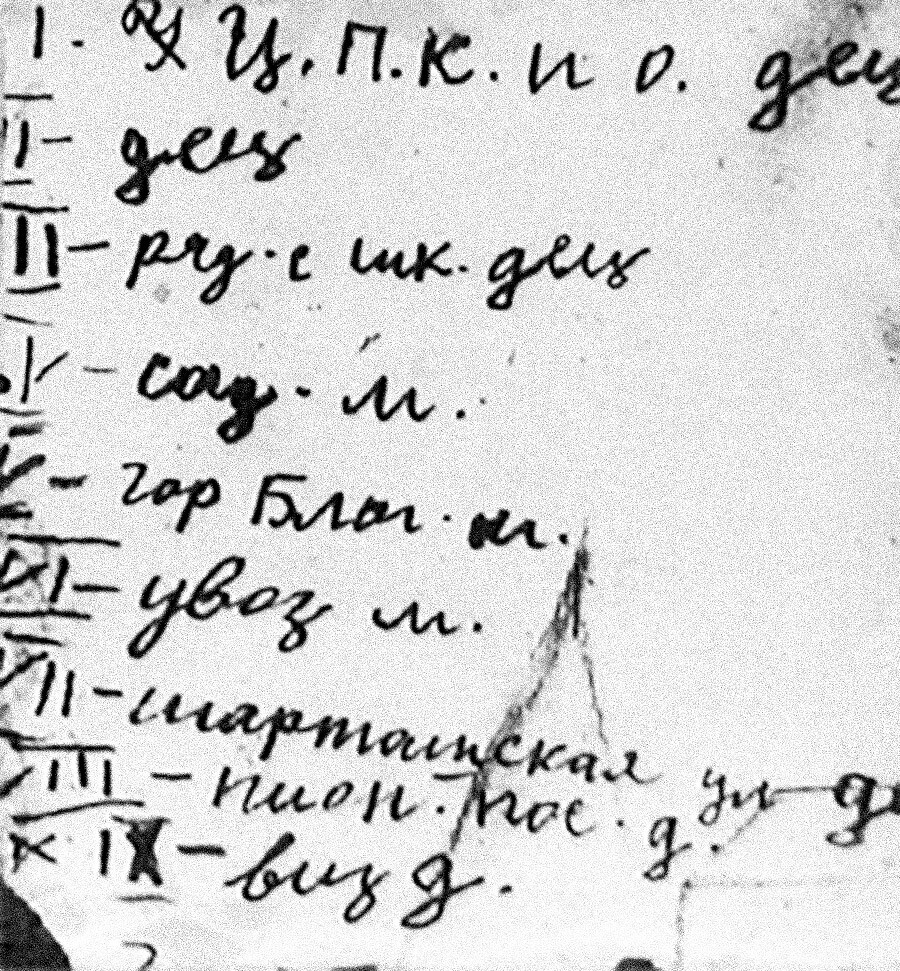
On his count were eight murdered children who had barely turned four. Vladimir Vinnichevsky, a teenage student at a school in the city of Sverdlovsk (present-day Yekaterinburg), became “infamous” in the late 1930s as the youngest serial killer in Russian history.
Fifteen-year-old Vinnichevsky committed his first murder in the Summer of 1938. After sneaking into the yard of the house where three-year-old Gerta Gribanova was playing, he strangled the child, stabbed her several times and, after mutilating the body, hid it in the bushes. When Gerta was found, Vladimir stood calmly in the crowd of onlookers and watched the events unfold.

Vinnichevsky's house (left) in Sverdlovsk.
Public DomainFeeling like he could get away with anything, the killer carried out eighteen attacks on small children in Sverdlovsk, as well as in other cities in the vicinity. He offered candy to his victims and took them to deserted places, where he murdered and raped them and then hid the bodies under a thick layer of leaves or snow.
Ten victims managed to survive the attacks. Four-year-old Nina Pleshcheyeva, who was hidden in a pile of hay by the maniac, survived. Two-year-old Alya Gubina, who received a terrible knife blow to the abdomen, was saved in the emergency room. Vinnichevsky stole a sled with four-year-old Borya Titov from the street in the evening, almost in front of the child’s mother’s eyes. The police arrived on the scene and, by some miracle, heard the boy’s faint moaning from the snowdrift.
Sverdlovsk was gripped with terror. Parents were afraid to leave their children unattended, even for a moment, fearing the “monster of the Urals”.

The list of victims that Vinnichevsky kept during the murders, encrypting information.
Public DomainAll the forces of the city police were thrown into the search for the “young man”, as described by the rescued victims. Every man accompanied by a child aroused suspicion. No one suspected that a schoolboy was behind the crimes.
On October 24, 1939, cadet Ivan Popov of the Sverdlovsk Militia School noticed a teenager leading a small boy toward the woods. Taking two of his classmates, the future policeman cautiously followed the strange couple. They brought down the maniac just as he was about to strangle the dazed three-year-old Slava Volkov.
Vinnichevsky’s father and mother were shocked by what they learned about their son. The family was considered quite well-off and trustworthy: they had no problems with alcohol or money. On November 1, their message was published in the ‘Uralskiy Rabochiy’ (‘Ural Worker’) newspaper: “We, the parents, renounce such a son and demand the highest punishment to be applied to him - execution. There can be no life in a Soviet family for such freaks.”

Photos of Vladimir Vinnichevsky taken after his arrest.
Public DomainVladimir himself did not believe in the sad outcome of his case. He calmly told the police about his deeds, believing that a long life in prison awaited him.
The court, however, had a different opinion on this matter. Soviet law at that time allowed capital punishment to be applied to juveniles and, on November 11, 1940, the then seventeen-year-old, found to be completely sane, was shot dead.
If using any of Russia Beyond's content, partly or in full, always provide an active hyperlink to the original material.
Subscribe
to our newsletter!
Get the week's best stories straight to your inbox